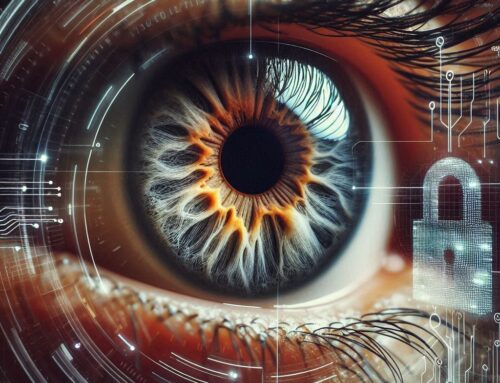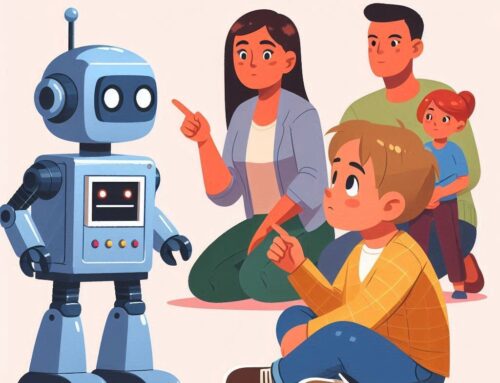Have you ever wondered what it would be like if we could alter videos and images so convincingly that we could put words in anyone’s mouth or even create scenes that never happened? Well, that possibility is now a reality thanks to Deepfakes, an artificial intelligence technique that is transforming the way we interact with visual media.
Deepfake is a form of digital manipulation that uses deep learning algorithms to create fake multimedia content, such as videos, audio, and images. This technique allows for the replacement of faces and voices, and even the creation of events that never occurred, raising concerns about the authenticity and reliability of information in the digital age.
While the primary focus of deepfakes is on face-swapping in videos, it is important to note that this practice goes beyond that. Deepfakes are also used for audio manipulation, enabling the creation of recordings that simulate the voice of a specific person. These types of AI-generated fakes are easily shareable on messaging apps.
Furthermore, we are already encountering textual deepfakes, where AI-generated writing machines are used to create false texts. These textual deepfakes can be used to spread fake news and create fake profiles on social media, undermining trust in online information.
Another form that is becoming increasingly prevalent is real-time deepfakes, where it is possible to alter faces in live broadcasts. This technique allows for the instant replacement of one person’s face with another in real time, presenting additional challenges for the authenticity and reliability of real-time transmitted information.
The risks are not limited to public figures or celebrities. Any one of us can be a target of deceptive digital manipulations. For example, imagine a deepfake video created to defame a neighbor, coworker, or even an ex-partner. These false representations can cause emotional harm, damage relationships, and even lead to legal conflicts. It is essential to recognize that we are all vulnerable to the risks of deepfakes and take measures to protect ourselves.
Protecting oneself from the risks of deepfakes and preserving online privacy requires the adoption of proactive measures. To start, it is essential to develop a critical sense when consuming online content. Verify the source and accuracy of information before sharing, especially if it seems sensational or dubious. Additionally, it is important to keep privacy settings updated on social media platforms and limit the amount of personal information shared publicly. When sharing content, consider the potential impact and the possibility of disseminating false information. Promoting digital literacy and awareness about digital forgeries is crucial to empower people to recognize and avoid the spread of false content on the internet.
AI-generated deepfakes are advancing rapidly. Lawmakers and those committed to creating guidelines, standards, and manuals of good practices in the responsible use of the internet, cannot keep up, so, with the advancement of technology, it is essential that people develop digital intelligence skills to face the challenges of deepfakes and the advancement of AI. The ability to discern authentic information from false content, cultivate a critical sense when consuming online media, and verify the credibility of sources are essential skills. Additionally, it is important to stay updated on the latest trends in deepfakes and related technologies to be prepared for emerging risks. Awareness of the dangers of deepfakes and digital education is fundamental to empowering people to protect their online privacy, make informed decisions, and combat the spread of false information. By developing these digital intelligence skills, we can tackle the challenges of AI advancement and deepfakes, ensuring a safer and more reliable online environment for everyone.




